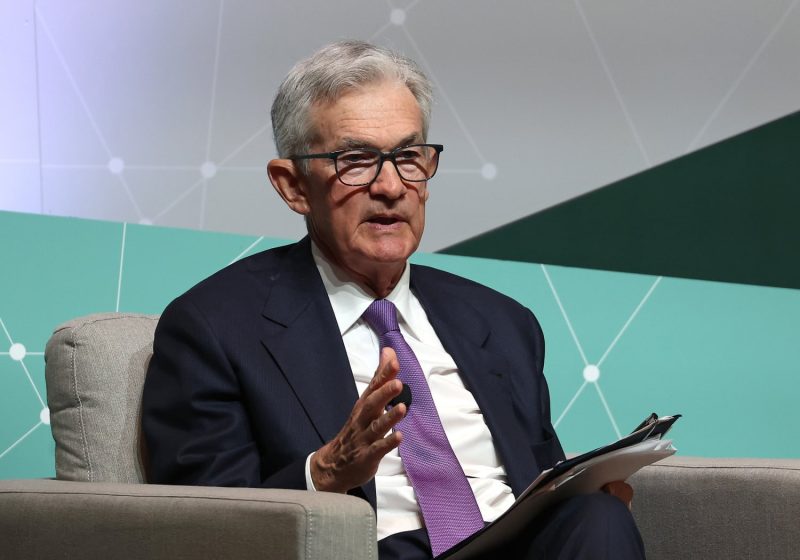In recent months, economists have been grappling with an unexpected level of uncertainty regarding the Federal Reserve’s interest rate cuts for the rest of the year. The unpredictability in the economy, driven by a range of factors from global trade tensions to weakening economic data, has left many experts divided on the path the central bank should take.
One of the key issues that have fueled this uncertainty is the ongoing trade dispute between the United States and China. The tit-for-tat tariffs imposed by both countries have not only disrupted global supply chains but also increased the cost of goods for consumers. This escalation in trade tensions has raised concerns about its potential impact on economic growth, leading some economists to advocate for aggressive rate cuts as a preemptive measure to cushion the economy.
On the other hand, there are economists who argue that the current economic indicators do not warrant such drastic action by the Federal Reserve. They point to the strong labor market, steady consumer spending, and a relatively robust housing sector as signs that the economy is still on solid ground. For them, cutting interest rates too aggressively could risk overheating the economy and fueling asset bubbles.
Adding to the uncertainty is the lack of clarity in the Fed’s communication strategy. While some policymakers have hinted at the possibility of rate cuts in the near future, others have expressed a more cautious approach, emphasizing the need to wait for further data before making any decisions. This divergence in opinions within the Federal Reserve has further muddied the waters for economists trying to predict the central bank’s next move.
Moreover, the global economic landscape has become increasingly complex, with geopolitical tensions and slowing growth in major economies such as Europe and China adding to the uncertainty facing policymakers. The interconnected nature of the global economy means that events happening on the other side of the world can have ripple effects that are felt in the United States.
As economists grapple with these challenges, they are also mindful of the limitations of monetary policy in addressing structural issues within the economy. While interest rate cuts can provide a short-term boost to economic activity, they may not be sufficient to address deeper structural issues such as income inequality, productivity growth, and labor force participation.
In conclusion, the unprecedented level of uncertainty surrounding the Federal Reserve’s interest rate decisions reflects the complexities and interdependencies of the modern global economy. Economists are faced with the challenging task of navigating this uncertain terrain while balancing the need for proactive measures to support economic growth with the risks of overreacting to short-term fluctuations. Only time will tell whether the central bank’s decisions prove to be the right course of action in the face of an increasingly unpredictable economic environment.

